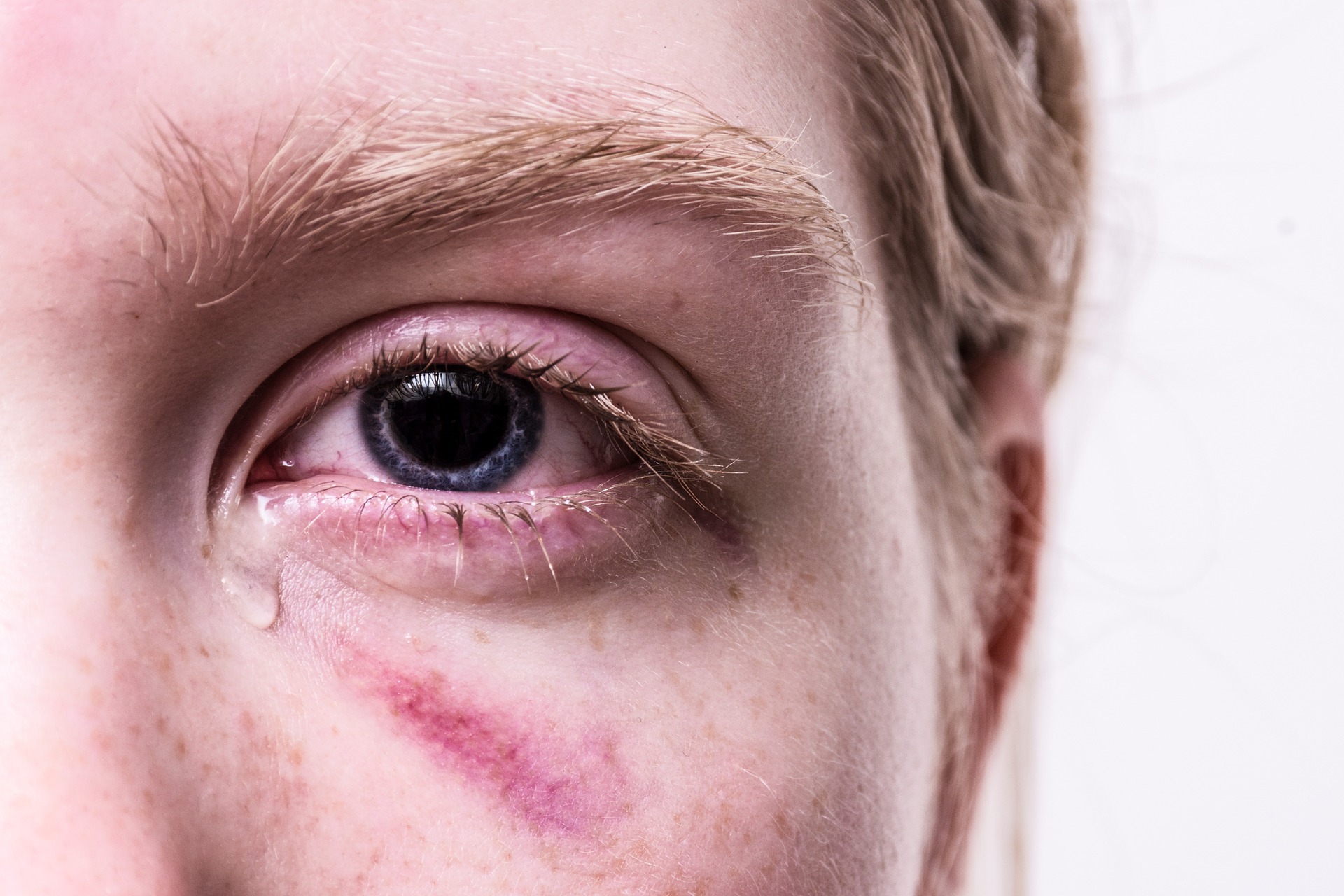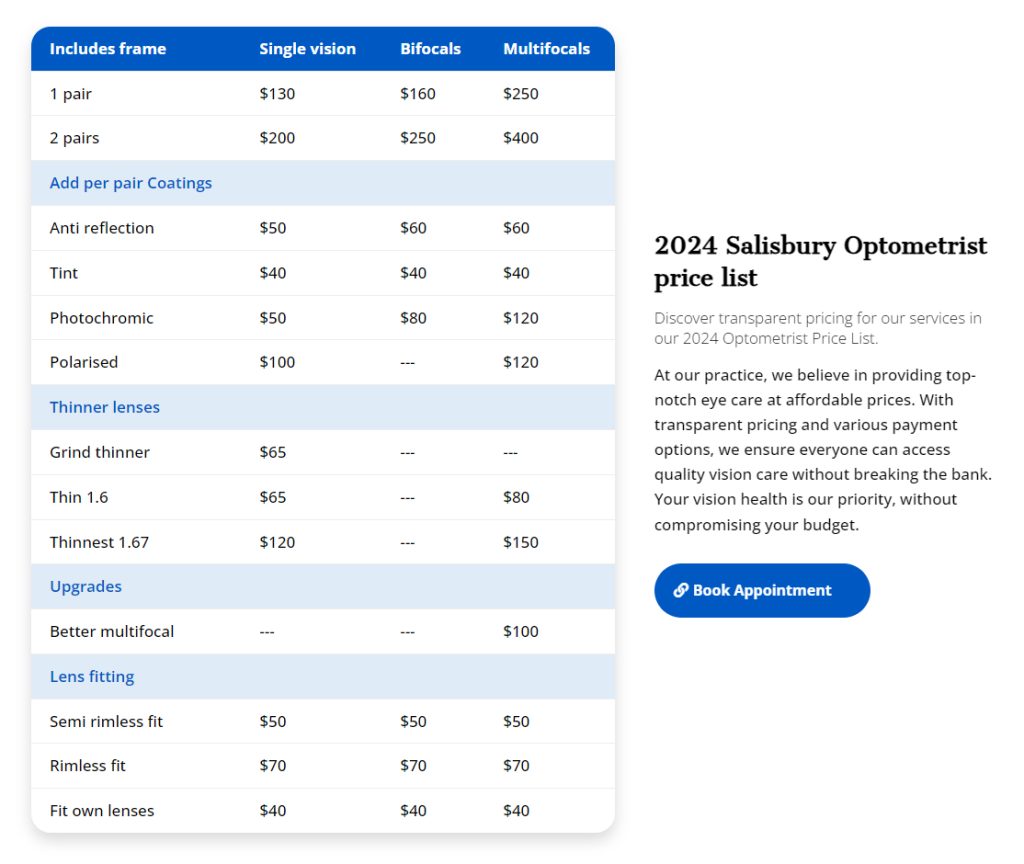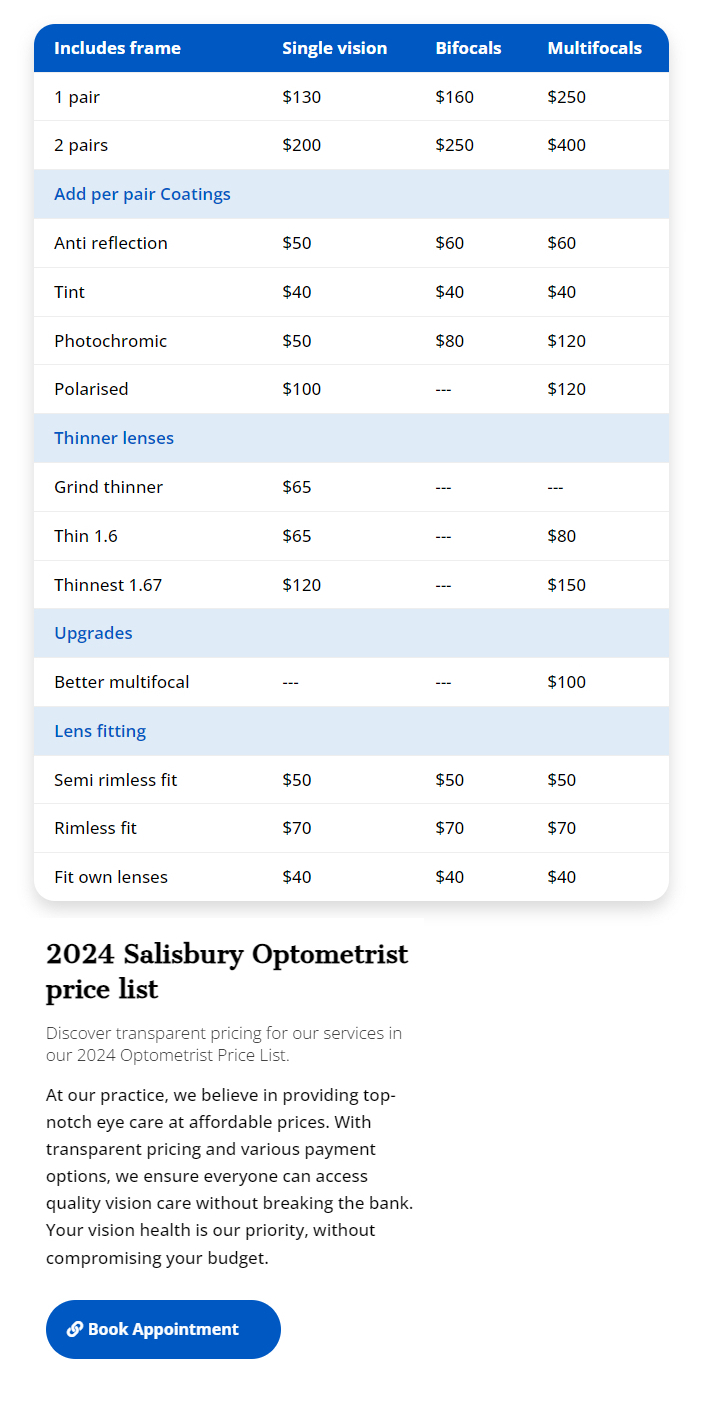Do you want to know more about common eye vision problems? Read on for a list of common eye vision problems seen by a local optometrist.
If you’ve ever experienced eye problems, you know how uncomfortable it can be. Luckily, a good number of eye disorders aren’t that severe. In fact, some tend to disappear with time. Even better, you can easily self-treat some eye vision problems at home.
Keep in mind however that for you to self-treat your eye problem, you’ll need knowledge on types of eye disorders. This’ll help you properly self-treat your eye vision problem. Over-the-counter (OTC) ointments and artificial tears are equally important. This is something an optometrist can assist you with so no need to worry.
That said this post seeks to help you point out the eye vision problem you have. To do this, we’ll highlight common eye vision problems. In particular, common eye vision disorders local optometrists see.
Here is a word of caution before moving forward. Some eye disorders might result in severe eye problems. A good example of this is blindness. This is why it’s important to always check with your local optometrist. This is more so true if you have persisting eye vision problems.
That out of the way, below are five common eye vision problems we’ll focus on in this post;
- Blepharitis
- Glaucoma
- Macular Degeneration
- Diabetic Eye Disease
- Lice
- Conjunctivitis (Pink Eye)
Blepharitis
When it comes to common eye vision problems, Blepharitis is sure to top any list. So what is it? Well, it’s an eye disorder caused by eyelid inflammation. This condition leaves the eyelids red. In some cases, the eyelids become thickened and scaly. For some, it results in loss of eyelashes in addition to red, scaly or thick eyelids. The extent to which one loses eyelashes depends on the stage of their Blepharitis.
So what brings about the eyelid inflammations that result in Blepharitis? Well, bacteria. To be exact bacterial infection caused by Staphylococcus aureus or Staphylococcus epidermidis. There are cases of eyelid inflammations that result from seborrheic dermatitis.
That said, common symptoms of Blepharitis include flaking and itching of the eyelids. If you opt to self-treat Blepharitis, apply to your affected eyelids hot compresses. Once you are done, lightly scrub them. Do it properly and you are sure to properly self-treat Blepharitis. If it persists, however, ensure you see an optometrist. They’ll prescribe for you the right eye prescription for your current condition.
Glaucoma
Also known as the “Silent Thief of Sight” Glaucoma is another common eye vision problem. People with Glaucoma experience an increase in intraocular pressure. This increase in pressure in the eye damages the optic nerve. As a result, the eye develops vision problems.
Despite the fact that you can easily self-treat Glaucoma, it is difficult to detect. The main reason why this is so is it doesn’t have any symptoms. With no symptoms, detecting Glaucoma is very difficult for the untrained eye. This is why it’s hard to detect it in its early stages.
With Glaucoma, it is important to note that there is no cure. This, however, doesn’t mean that you cannot control its growth or development. It is with this that you should schedule regular eye check-ups or exams. An optometrist will detect and prescribe the right medication to slow its growth.
Macular Degeneration
This is an eye vision problem that slowly eats up one’s sharp central vision. With a weak central vision, focusing on far or near objects becomes challenging. This type of eye vision problem is usually associated with ageing. This is why Macular Degeneration is sometimes referred to as AMD. AMD in full is basically age-related macular degeneration.
There are two types of AMD, wet and dry. Dry AMD is very common but sadly it has no known treatment. Wet AMD, on the other hand, isn’t that common but it does have a treatment. Optometrists can treat wet AMD using laser procedures. In addition, optometrists have genetic testing that allows them to identify who might develop wet AMD early.
Damage done by AMD, either wet or dry, is not reversible. This, however, doesn’t mean you can’t reduce its progression. You can reduce its risk by taking certain supplements or avoiding sunlight. In addition, eating a balanced diet also helps reduce risk. Get additional information on how to best deal with AMD by speaking with an optometrist.
Diabetic Eye Disease
As the name suggests, this is an eye vision problem that comes about from having diabetes. In particular, type 1 and 2 diabetes. Similar to Glaucoma, symptoms of diabetic eye disease is not that easy to detect. What this does is make it very difficult to self-treat. This in mind, it is advised not to sit and wait for symptoms to show.
In fact, the best way to tackle this eye vision problem is by making regular trips to your local optometrist. Why is this important? Well, an optometrist will be able to detect it early. Doing so helps to drastically reduce the chances of permanent vision loss.
Lice
Lice eye vision problems are usually, as a result, a number of different lice. At the moment, two types of lice commonly affect the eyelids. These two are the head louse and crab louse. Common symptoms associated with this eye vision problem include scaly, thick and red eyelids. In some cases, some report loss of eyelashes.
Of importance to note is that this eye disorder is common among school-age children. Hence, stay away from lice infested areas as much as possible. Furthermore, you should embrace practices that help kill lice from their infant stage.
Conjunctivitis
Also known as pink eye, Conjunctivitis is an inflammation or inflexion of the eye’s conjunctiva. Conjunctiva is basically a protective thin membrane covering the surface of the eyelids. Conjunctivitis develops due to several things. Most notably, however, are allergies, bacteria and viruses. In some instances, it can be as a result of dust or smoke.
With Conjunctivitis, you can expect it to improve within two, three weeks. Some, however, develop into dangerous corneal inflammation. If not attended to in good time and the right way it can result in serious sight problems. These in mind, always seek services of your local optometrist if you suspect you are having Conjunctivitis.
Do you have eye vision problems and need help from your local optometrist? Do get in touch with Salisbury Optometrist. There are two ways to contact Salisbury Optometrist. You can contact them over the phone or online.
To contact them online, send an email to salisburyoptometrist@gmail.com. For contacts over the phone, dial 08 8285 7100 or 0433 510695.




0 Comments